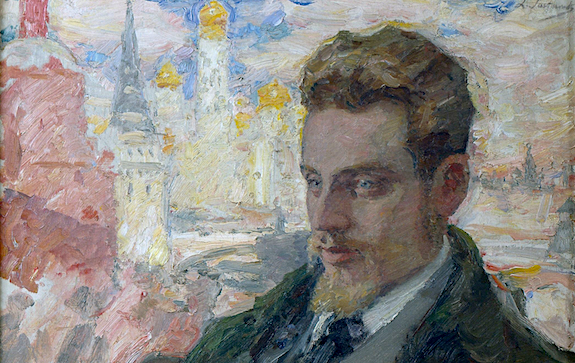He was one of the most prominent figures of 20th-century European poetry: Who is Rainer Maria Rilke?
Rilke has written many works as a poet who lives for poetry. This situation of the writer, who was dressed like a girl by his mother until the age of six, affected his communication with women in the future.

He was born on December 4, 1875, in Prague, the capital of Bohemia, which was then within the borders of the Austro-Hungarian Empire. His full name is René Karl Wilhelm Johann Josef Maria Rilke. He was the son of a railway clerk father and a mother from a wealthy Prague family; The couple divorced when Rilke was 9 years old. Rilke's unhappy childhood and adolescence were not only affected by the divorce but also by the military schools that his family attended between 1886 and 1891.
He left the military school due to his illness and began to prepare for the university exams. He passed the exam in 1895 and studied literature, art history, and philosophy in Prague and Munich for a year. He published his first poems during this period. In 1897, he began to fall in love with Lou Andreas-Salomé, one of the leading names in the intellectual circle. Berlin, Florence, Moscow, and St. Petersburg travel. Salomé remained Rilke's biggest confidant after their relationship, which lasted about three years. These trips he made had a great impact on Rilke and became a building block in creating the themes of his poetry.
René Karl Wilhelm Johann Josef Maria Rilke (4 December 1875 – 29 December 1926), shortened to Rainer Maria Rilke was an Austrian poet and novelist. Acclaimed as an idiosyncratic and expressive poet, he is widely recognized as a significant writer in the German language. His work is viewed by critics and scholars as possessing undertones of mysticism, exploring themes of subjective experience and disbelief. His writings include one novel, several collections of poetry and several volumes of correspondence.
He married the sculptor Clara Westhoff in 1901 and they had a daughter. Rilke left home for Paris in the summer of 1902. Although his marriage continued on paper, it had ended. Rilke, who developed his friendship with Rodin and Paul Cézanne and was very impressed by both, gained a new understanding of poetry and writing. During his Paris days, in addition to various poetry books, he wrote Malte Laurids Briggs's Notes (1910), which is his only novel and contains serious autobiographical elements, and wrote an essay on Rodin (Auguste Rodin, 1903). Rilke, who lived for a while in the city of Ronda in southern Spain, stayed at Duino Castle near Trieste between October 1911 and May 1912. He wrote the first drafts of his famous work, Duino Laments, here.
Rilke, who was in Germany at the start of the First World War, could not return to Paris despite his wishes. He lived in Munich for most of the war. Although he was conscripted into the army in Vienna in 1916, he soon returned to civilian life thanks to his influential friends.
Having finished his Duino Laments, which he started to write as a result of intense work in February 1922, Rilke started to stay in a sanatorium in Territet, near Montreux, due to his increasing health problems from 1923. He spent most of 1925 in Paris while continuing his work. Rilke, whose health deteriorated rapidly, died in the Valmont Sanatorium in Montreux, Switzerland, on December 29, 1926, shortly after being diagnosed with leukemia.
Rilke, one of the leading figures of 20th-century poetry, has written many works as a poet who lives for poetry. His main works are Leben und Lieder (Life and Poems, 1894), The Book of Images (1902), The Book of Prayer Hours (1905), Neue Gedichte (New Poems, 1907), Laments of Duino (1923), Sonnets to Orpheus (1923), Letters to a Young Poet (1929).
